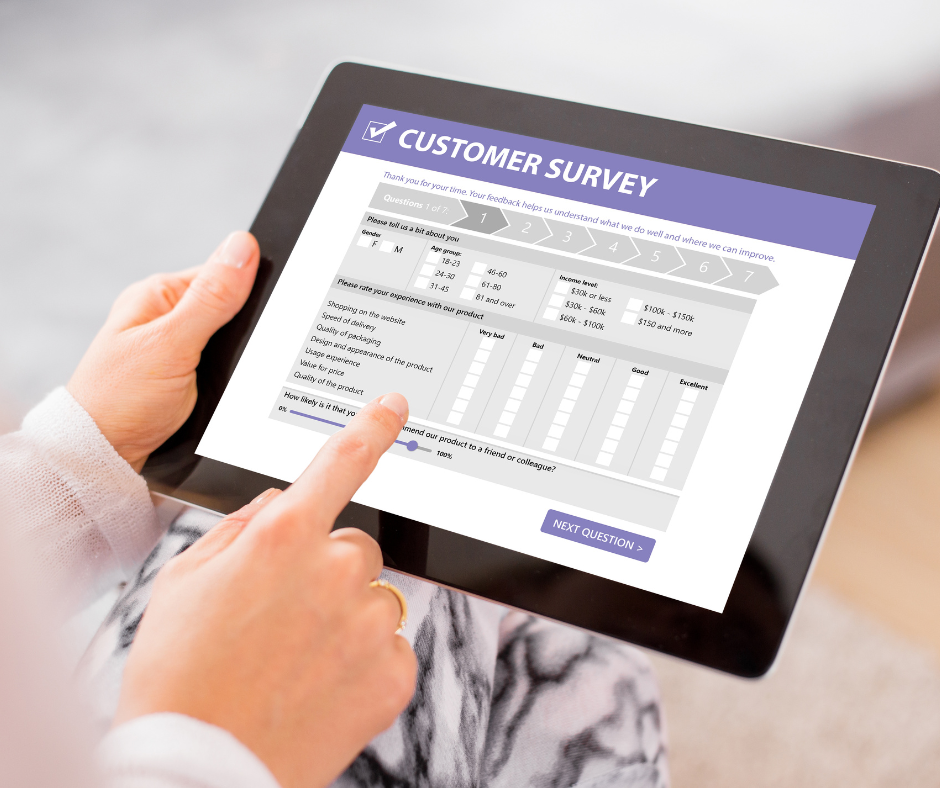Surveys and polls can be excellent tools to learn about your customer base. That being said, the questions we include can be tricky to write. I’ve been doing a little research in preparation for creating a year-end / New Year survey for my customers. My goal is to gain some insight (not just data) from the survey. What’s the difference? Insight is a new perspective gained from the results. That insight can lead to actions I take to move my business forward in a way that makes sense for me – and my customers.
Here’s an example that demonstrates the difference between data and insight. (Excerpt from How to Write Questions for Surveys, Polls, and Forms by Chad S. White for Marketing Profs. – link at the end of this post.)
My favorite example of data vs. insight is from B2C marketers who ask customers about their gender. Most of the time that data is used to personalize message content about products for men or women. However, a person’s gender doesn’t tell you what kind of products they want to buy, because they could be buying primarily for someone else, or they could be interested in products for the opposite gender or both genders.
So, the better question is the more direct one: Are you interested in products for men, women, or both?
Do you see how you could get very different answers – depending on how you ask the question? Making assumptions – can lead to data that takes us in the wrong direction.
Surveys and Polls
Writing the questions to include in surveys and polls is a process.
- Decide what you need to know
- Determine why you need to know it
- What will you do with the information once you know it?
- Will this information lead to specific action?
Evaluating the Survey Questions
- Unnecessary Questions: Are you asking questions that you already have the answer to?
- Audience: Are you asking the right people – the right questions?
- Survey Length: Are you asking too many questions?
- Skewing the Answers: Are your questions worded in a neutral tone?
- Order: Are they grouped in a way that makes sense to someone answering the questions?
- Do all your “scale” questions (Best to worst, 1- 5, etc.) run the same way? Mixing them up leads to data errors.
All of these questions and more are answered in the article below.
Read the full article here: How To Write Questions for Surveys, Polls, and Forms

